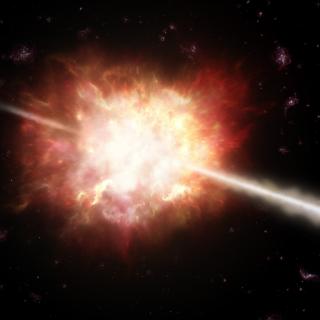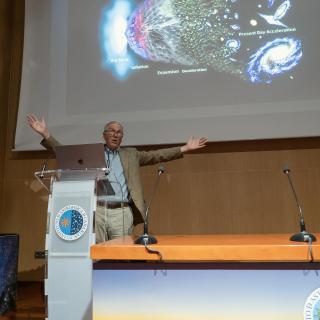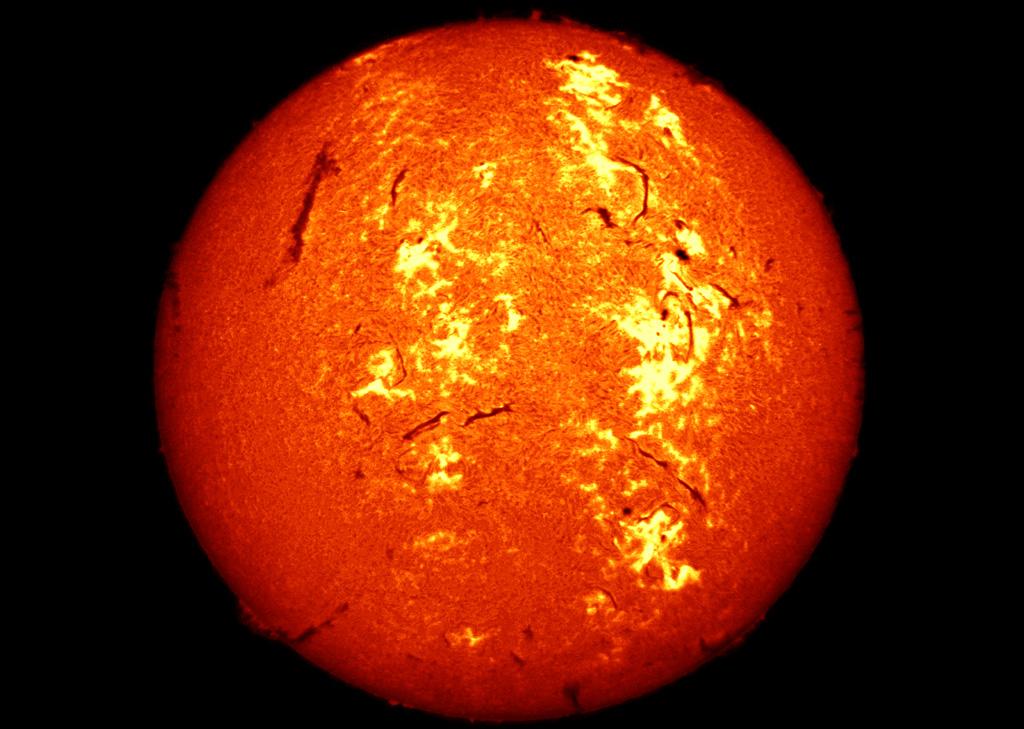It may interest you
-
 Esta semana, "Soñando Estrellas", el espacio radiofónico del Instituto de Astrofísica de Canarias (IAC) que se emite en La Radio de Canarias, invita a la audiencia a adentrarse en algunos de los fenómenos más energéticos y enigmáticos del Cosmos. El programa, conducido por la periodista científica del IAC Verónica Martín, se emitirá el viernes 12 de diciembre a las 22:30 horas, ofreciendo un viaje divulgativo que combina investigación puntera, historias personales y nuevas miradas para acercar la Astrofísica a toda la sociedad. En este episodio Alicia López Oramas, investigadora del IACAdvertised on
Esta semana, "Soñando Estrellas", el espacio radiofónico del Instituto de Astrofísica de Canarias (IAC) que se emite en La Radio de Canarias, invita a la audiencia a adentrarse en algunos de los fenómenos más energéticos y enigmáticos del Cosmos. El programa, conducido por la periodista científica del IAC Verónica Martín, se emitirá el viernes 12 de diciembre a las 22:30 horas, ofreciendo un viaje divulgativo que combina investigación puntera, historias personales y nuevas miradas para acercar la Astrofísica a toda la sociedad. En este episodio Alicia López Oramas, investigadora del IACAdvertised on -
 The international CTAO LST Collaboration , in which the Instituto de Astrofísica de Canarias (IAC) plays a prominent role, released remarkable findings from observations of GRB 221009A—the brightest gamma-ray burst (GRB) ever recorded. The results were published by the renowned journal The Astrophysical Journal Letters (ApJ Letters) . The publication presents in-depth observations conducted in 2022 with the Large-Sized Telescope (LST ) prototype, the LST-1, during its commissioning phase at the Roque de los Muchachos Observatory (ORM) on the CTAO-North site in La Palma, Spain. TheAdvertised on
The international CTAO LST Collaboration , in which the Instituto de Astrofísica de Canarias (IAC) plays a prominent role, released remarkable findings from observations of GRB 221009A—the brightest gamma-ray burst (GRB) ever recorded. The results were published by the renowned journal The Astrophysical Journal Letters (ApJ Letters) . The publication presents in-depth observations conducted in 2022 with the Large-Sized Telescope (LST ) prototype, the LST-1, during its commissioning phase at the Roque de los Muchachos Observatory (ORM) on the CTAO-North site in La Palma, Spain. TheAdvertised on -
 The Instituto de Astrofísica de Canarias (IAC) has received a visit from Robert P. Kirshner, Executive Director of the Thirty Meter Telescope International Observatory (TIO) . During his stay at the IAC headquarters in La Laguna, he was welcomed by the center’s director, Valentín Martínez Pillet, and by the deputy director, Eva Villaver Sobrino, along with other members of the research institute. During his visit, he was able to learn firsthand about the institution’s scientific and technological capabilities and gave a colloquium titled The Thirty Meter Telescope and Science of the FutureAdvertised on
The Instituto de Astrofísica de Canarias (IAC) has received a visit from Robert P. Kirshner, Executive Director of the Thirty Meter Telescope International Observatory (TIO) . During his stay at the IAC headquarters in La Laguna, he was welcomed by the center’s director, Valentín Martínez Pillet, and by the deputy director, Eva Villaver Sobrino, along with other members of the research institute. During his visit, he was able to learn firsthand about the institution’s scientific and technological capabilities and gave a colloquium titled The Thirty Meter Telescope and Science of the FutureAdvertised on
